Can you believe that there are volcanoes around the world that you can actually go to . . . and summit? Revered, feared, and often shrouded in mystery, volcanoes have played a pivotal role in shaping our planet. While some are notorious for the havoc they’ve wreaked, others are celebrated for their breathtaking beauty.
Videos by Outdoors
Embarking on a journey to witness a volcano up close is an unforgettable experience, and there are numerous active volcanoes accessible to modern hikers and explorers. So, if you’ve ever yearned to delve into the fiery origins of our world, here’s a selection of active volcanoes from around the globe.
1. Mount Vesuvius, Italy

A popular and accessible volcano, as far as active volcanoes go, Mount Vesuvius is located near Naples and the ancient city of Pompeii in Italy. Vesuvius is one of the world’s most famous volcanoes due to its historic eruption in AD 79. The eruption was of such catastrophic magnitude that it obliterated the thriving Roman cities of Pompeii and Herculaneum, resulting in the tragic loss of thousands of lives.
Vesuvius has erupted several times since then, with the most recent eruption occurring in 1944. There is a constant level of volcanic activity happening here, and it’s closely monitored by Italian authorities for signs of a potential eruption.
Reach the trailhead by car or bus and then hike to the volcano’s crater rim to discover stunning panoramic views of the Bay of Naples and the surrounding countryside. The hike is relatively short, but it can be steep and rocky, so pack sturdy shoes. It’s a great opportunity to witness firsthand the geological forces that have shaped this region of the world.
2. Eyjafjallajökull, Iceland

Hiking to the summit of Eyjafjallajökull is possible but challenging, involving a long and strenuous hike. Eyjafjallajökull is an active volcano. It erupted in the years 920, 1612, 1821, and 2010, and it is best known for sending smoke and volcanic ash all across Europe.
To access this incredible volcano, you’ll cross glaciers and rocky terrain. The hike requires mountaineering skills, and it’s recommended to go with a guide—both because of the hike’s technical nature and because the weather in Iceland does what it likes. You can do the first 2-3 hours of the hike without gear, but if you want to continue past the glacier, you’ll need mountaineering gear and experience.
3. Mount St. Helens, USA

Famous for its eruption in 1980, Mount St. Helens allows visitors to hike to the crater rim and witness the effects of the eruption up close. When the volcano erupted in May 1980, 57 people were killed, making it the deadliest volcanic eruption in U.S. history. Mount St. Helens’ frequent eruptions in its recent geological history, including two significant eruptive events in the past 30 years, suggest a strong likelihood of future volcanic activity, so it’s worth checking with local guides to make sure it’s a good time to hike.
There are many short hikes around Mount St. Helens that you can do in a day, or you can climb to the summit in about 7-12 hours with around 4,500-6,500 feet of elevation gain. If you make it to the top, you can even explore inside the crater.
4. Villarrica, Chile

Also known as Rucapillán, a Mapuche word meaning “great spirit’s house” or “the demon’s house,” Villarrica erupted in 2015, sending more than 3,000 people from their homes after lava and ash went high into the sky over tourist resort Pucón. If you decide to hike this volcano, you’ll take a stroll along the volcano’s perimeter first, enjoying picture-perfect views of Villarrica and the Calafquen Lakes.
Be prepared for a challenging climb if you want to get even closer. If you don’t have mountaineering gear, you’ll need to take a guided tour to the summit, but this adventure is worth the trip.
5. Mount Teide, Spain

Located on the island of Tenerife in the Canary Islands, Mount Teide is the highest peak in Spain and an active volcano. Mount Teide is the third-highest volcanic structure and most voluminous in the world after Mauna Loa and Mauna Kea in Hawaii. The most common way to ascend Teide is the Montaña Blanca walk-up trail. This classic route covers a distance of 5.4 miles and features an accumulated elevation gain exceeding 4,500 feet, so it’s not a trek for beginners. You can also take a cable car most of the way up and then hike to the summit.
6. Pacaya, Guatemala
The Pacaya volcano in Guatemala has a storied history of eruptions dating back to at least the early 16th century. On the hike up this active volcano, there are lava hot spots, cooled lava chambers, and a broken peak from the big eruption of 2010. Pacaya has become more active again recently, and new lava may be visible (from afar). You can even check out some recently cooled lava that is still hot.
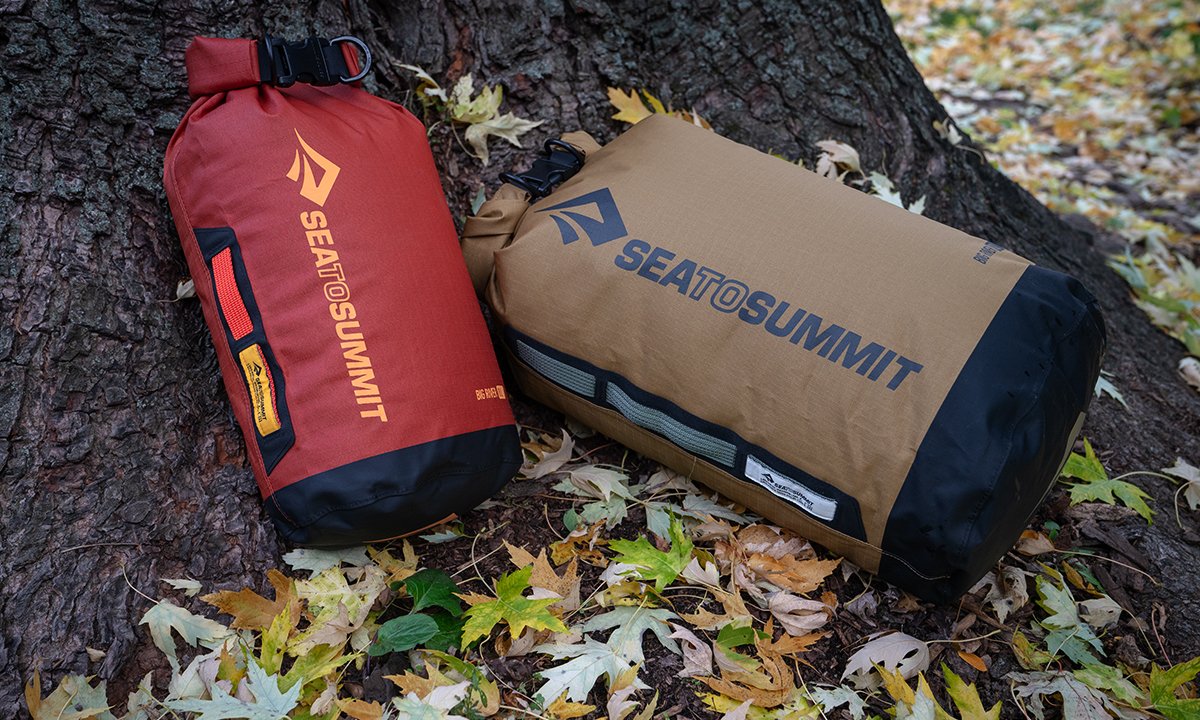
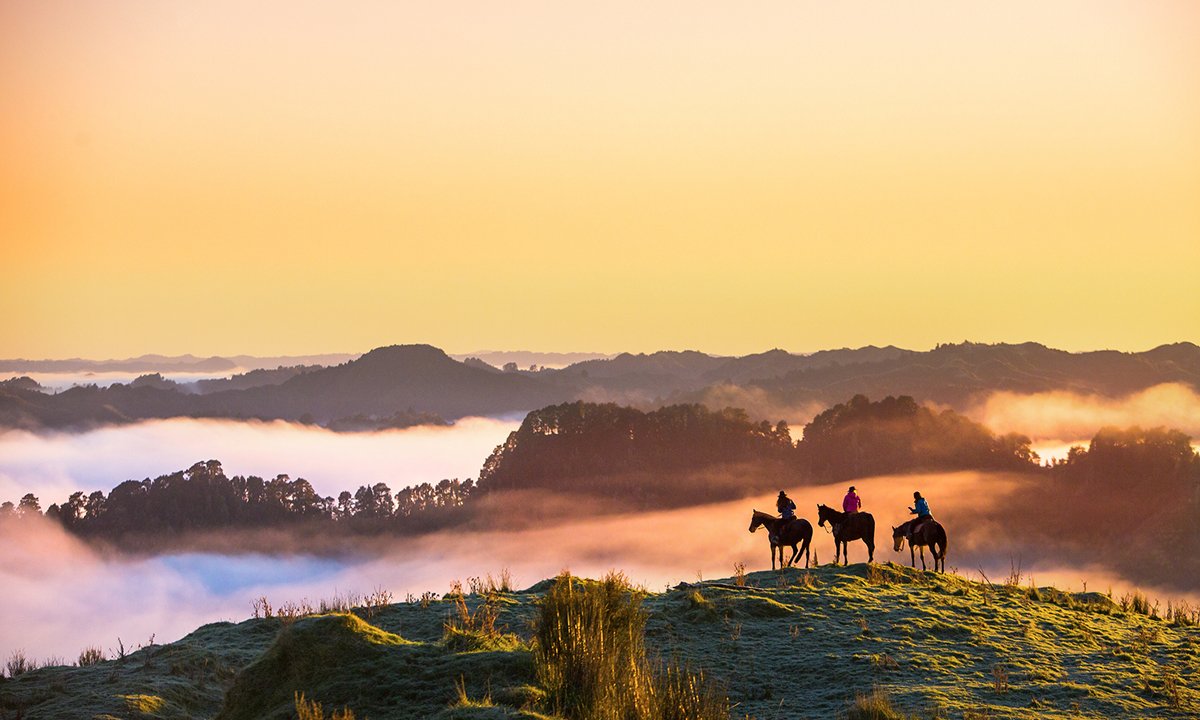
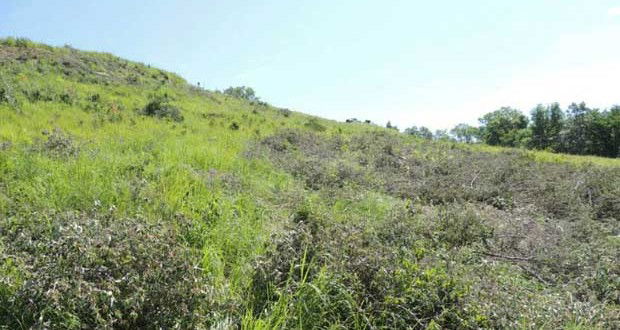
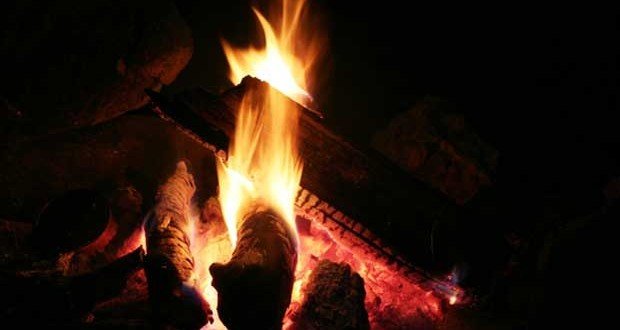

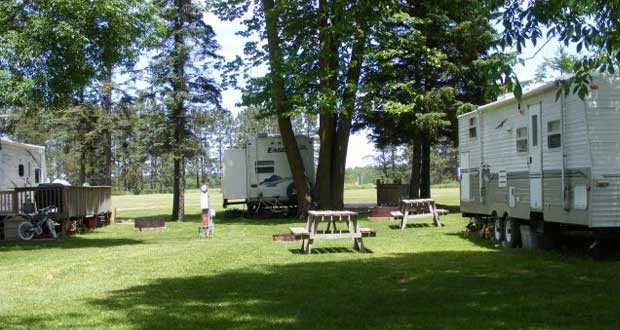
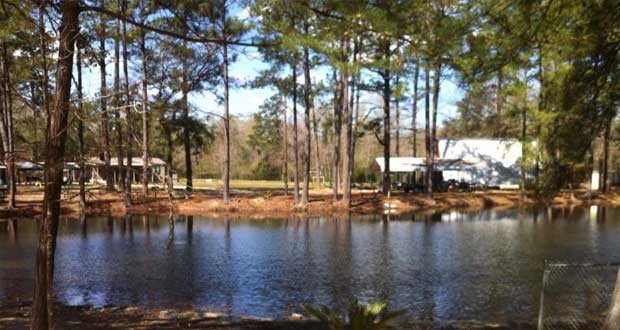


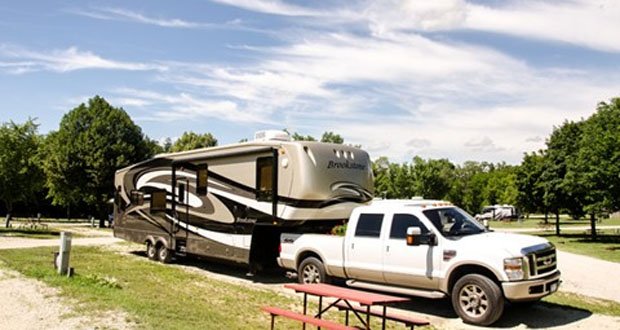
91 club